It is not easy to eliminate all harmful information, but protecting children from "traps" on the Internet must be done systematically and thoroughly, not only to ensure safety but also to help them form correct perceptions later on.
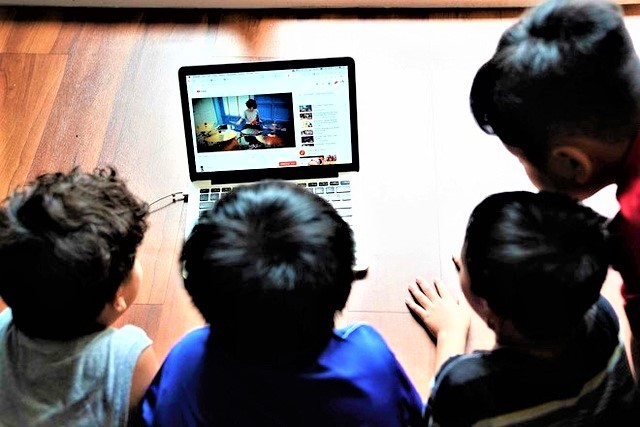 |
| It is not easy to eliminate all harmful information, but protecting children from 'traps' on the Internet must be done systematically and thoroughly. (Illustration photo) |
Double-edged sword
During the Covid-19 pandemic, children have been the most affected by the barriers created by lockdowns and quarantines. Fortunately, the internet and social media have helped to keep their learning and connection intact.
Even though they cannot go to school, children can still participate in online classes, chat with friends and entertain themselves via the Internet. This is not only an endless source of knowledge for children to actively learn and explore , but also an effective communication channel, helping them maintain relationships and avoid the psychological trauma caused by isolation.
However, children's increased use of the internet and social media during the pandemic could lead to them becoming prime victims of fake news and online violence and abuse.
The Internet Watch Foundation (IWF) says that since 2019, the number of websites displaying images and videos of child sexual abuse has increased by an alarming 1,058%. In 2020, IWF found more than 25,000 websites containing the most serious types of child abuse content. This number doubled in 2022 and is a record high. The IWF report also shows that the younger the child, the higher the level of abuse.
According to data released by the US National Center for Missing and Exploited Children (NCMEC), in 2010, only about 1 million reports of child sexual abuse materials were sent to the Cyber Tipline - the site that receives reports of issues related to online child sexual exploitation. In 2019, the number of reports skyrocketed to 29.3 million cases in 2021 and more than 32 million cases in 2022.
Sexual abuse is just one of the risks children face when using the Internet. UNICEF survey data shows that more than a third of teenagers have been bullied online, of which one in five revealed that they intended to drop out of school because of shame. Behaviors such as nicknames, derogatory comments, and malicious photo collages... have a huge impact on children. Unlike direct speech, bullying comments and images often spread quickly and are saved on the Internet, leaving victims feeling like they have no way out.
In addition, children are also targets of harmful information and fake news. With their curious and inquisitive nature, children are often lured and persuaded by sensational and unique fake information. This is also the reason why many children become victims of dangerous trends. A few years ago, the "Blue Whale Challenge" and "Momo Challenge" trends led to hundreds of tragic child suicides.
Children participating in social networking groups or online games on the Internet leads to the risk of revealing personal information. Criminals rely on this information to make illegal or inappropriate advertisements aimed at children. This can be a "delicious bait" for kidnappers and child traffickers. In addition, undirected Internet use also increases the risk of social networking addiction, causing lack of self-control, reduced awareness, anxiety, affecting children's lives.
Among Internet users, children are the most vulnerable group due to their lack of or very little knowledge and ability to protect themselves. Meanwhile, the people closest to and most responsible for them, parents, cannot completely control their children's use of the Internet and social networks.
Every day, countless information is posted on the Internet, millions of new groups and websites are created. Without being equipped with skills and regular supervision, it is difficult for parents to prevent and stop children from accessing bad content.
`
Join hands to tighten child protection on the Internet
Faced with the growing risks to children on the Internet, governments around the world have been rapidly pushing for policies aimed at creating a safe cyberspace. Although regulations vary from country to country, they all advocate increasing parental involvement in managing children's Internet use and requiring social networks and online content companies to take into account users' ages before providing services.
The United States was one of the first countries in the world to enact laws to protect children online. In 1998, the US Congress passed the Convention on the Protection of Children's Online Privacy (COPPA). This law took effect two years later and is overseen by the US Federal Trade Commission.
| “Children are being targeted, approached, manipulated and abused on an industrial scale,” warned IWF chief executive Susie Hargreaves. “This abuse often happens in the home and parents are completely unaware of what strangers on the internet are doing to their children.” |
COPPA is the only federal law in the United States that limits the effects of targeted advertising to children. Under COPPA, website operators are prohibited from collecting information from children without first obtaining and notifying their parents.
In 2012, COPPA was amended to include new rules that prohibit companies from using digital identifiers such as cookies, geolocation data, and any audio-visual information to track and target advertising based on children's internet habits. The amended law requires companies to delete data collected from children for technological purposes.
However, experts say COPPA still has some loopholes, such as not providing regulations for data collection from children aged 13-18. At the state level, the US also applies the California Consumer Privacy Act (CCPA), which partly overcomes the limitations of COPPA.
In addition to the two existing laws, COPPA and CCPA, the US is also actively developing new laws to better protect children from increasingly sophisticated temptations online. The California Age Appropriate Design Act (CAADCA), which takes effect on July 1, 2024, raises the age of children to 18, instead of the current 13.
Several US lawmakers are pushing the Kids Internet Design and Safety Act (KIDS Act). The bill would force platforms like YouTube and TikTok to limit advertising and ban auto-play features in children's content.
To tackle the proliferation of child abuse material online, the European Union (EU) has enacted the Digital Services Act (DSA), requiring technology companies and social networks to take more steps to detect and remove child sexual abuse images, while also better protecting the personal data of vulnerable people.
The end of August 2023 is the deadline for tech giants to complete adjustments to the DSA. TikTok has just announced that it will allow EU users to turn off the feature of automatically displaying content based on personal interests and prohibit advertising aimed at 13-17 year olds.
In the UK - where children account for one-fifth of internet users, the Age-Relevant Design Act was passed in early September 2021, requiring technology companies to provide designs and technology standards suitable for children, avoiding the use of algorithms that pose a risk to children's privacy and image.
Tactics that encourage children to bypass privacy rules or collect data on young users will also be banned. Failure to comply could result in fines of up to 4% of annual global revenue. Social networks have responded positively. TikTok introduced a new feature that allows parents to set a notification snooze schedule for children, which will stop users aged 13-15 from receiving notifications after 9 p.m. Instagram disabled targeted advertising aimed at users under 18, and YouTube disabled auto-on for minors.
Meanwhile, France requires all social networks to have a function that allows parents to monitor the activities of minors to protect them from inappropriate content such as violence or pornography. Those who post defamatory or false information on the internet can be sentenced to one year in prison and fined up to nearly 50,000 USD.
Australia has some of the strictest rules regarding age controls on the internet, requiring that users under 16 have parental consent before joining a social network. Companies that violate the rules face fines of up to $7.5 million, 10% of their annual turnover, or three times the financial gain. Under Australia’s online privacy laws, social networks and anonymous forums must take all steps to verify the age of their users and prioritize the interests of children when collecting data.
In Asia, China is the most aggressive in regulating children's internet use. Earlier this month, China announced new regulations that restrict people under 18 from accessing the internet on mobile devices from 10 p.m. to 6 a.m. the following day.
The country also introduced a time management system for smartphone use: about 40 minutes/day for children under 8 years old to 2 hours/day for teenagers aged 16-17. These measures help reduce the risk of children accessing inappropriate, harmful content during times when parents have difficulty controlling them.
Located in the world's most booming internet market, Southeast Asian countries are also taking steps to protect children online. Late last year, the Singaporean Parliament passed the Enhancing Online Safety Act.
Accordingly, social networks must act “within hours” when receiving reports from parents and students about inappropriate content. Meanwhile, the Indonesian Ministry of Education, Culture, Research and Technology has signed an agreement with Twitter to raise awareness of the use of social networks for students, teachers and educators at the grassroots level.
In the modern development, prohibiting children from using the Internet is impossible, even harmful. The important thing is to create a safe online environment for children, equipping them with useful information "filters", helping them to protect themselves from harmful content. Parents must simultaneously guide and monitor their children's activities on the Internet.
Although, no country has yet come up with a radical solution to completely prevent risks from the Internet. However, the encouraging sign is that managers are continuously tightening regulations and sanctions to bring a safer and more useful online environment for children.
Source


![[Photo] Prime Minister Pham Minh Chinh meets with South African President Matamela Cyril Ramaphosa](https://vphoto.vietnam.vn/thumb/1200x675/vietnam/resource/IMAGE/2025/10/23/1761226081024_dsc-9845-jpg.webp)
![[Photo] Prime Minister Pham Minh Chinh chairs meeting on railway projects](https://vphoto.vietnam.vn/thumb/1200x675/vietnam/resource/IMAGE/2025/10/23/1761206277171_dsc-9703-jpg.webp)



![[Photo] President Luong Cuong holds talks with South African President Matamela Cyril Ramaphosa](https://vphoto.vietnam.vn/thumb/1200x675/vietnam/resource/IMAGE/2025/10/23/1761221878741_ndo_br_1-8416-jpg.webp)


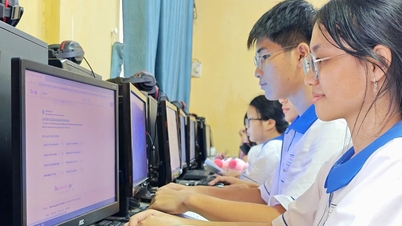

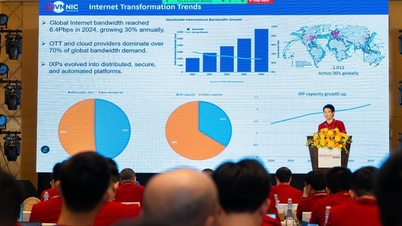

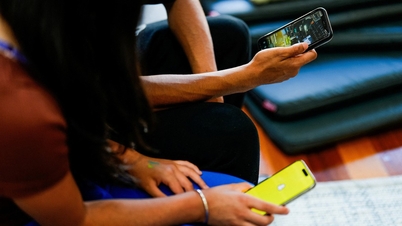






















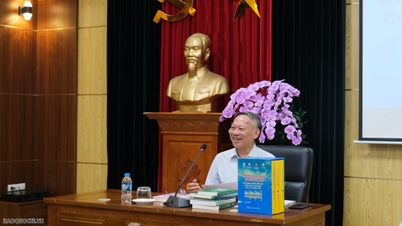

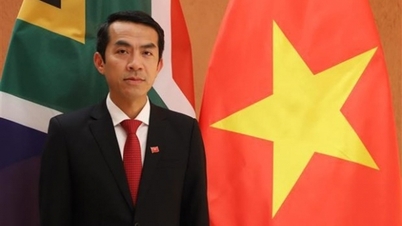


































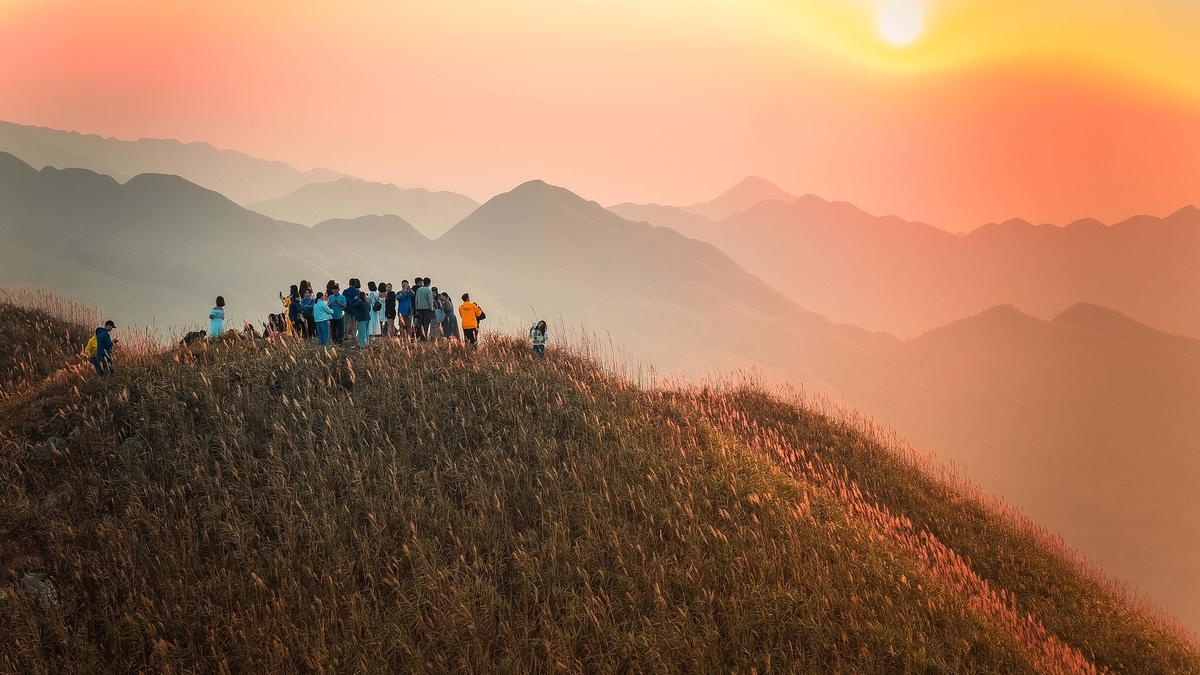
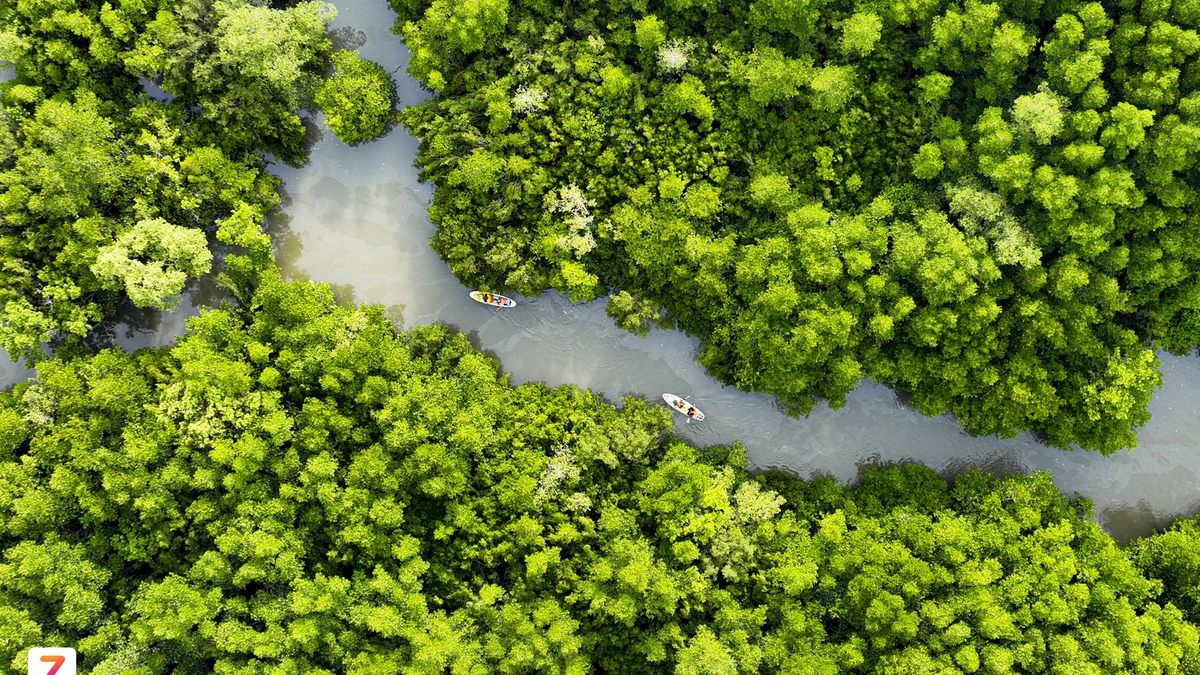



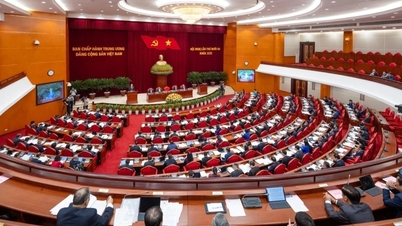












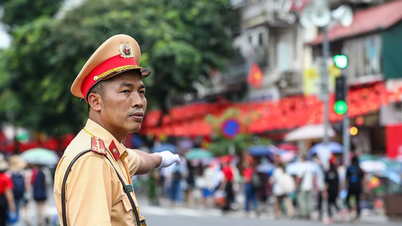





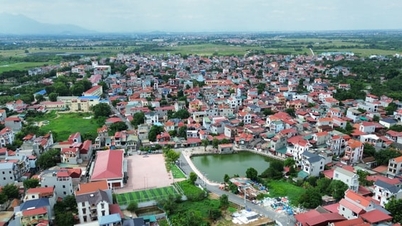


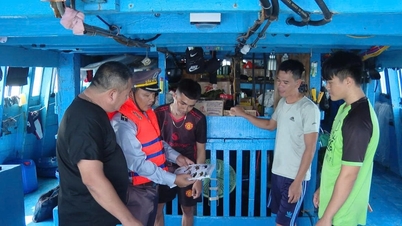













Comment (0)